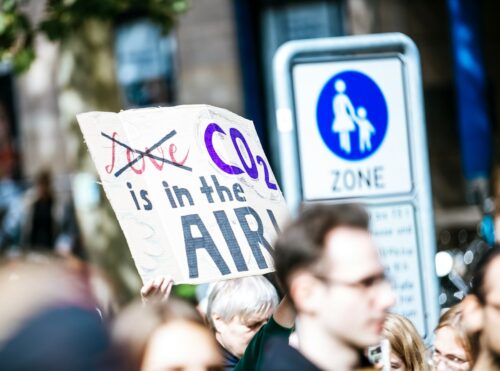
The promise of a bullet train connecting Los Angeles and San Francisco, and maybe even extending to San Diego to the south and Sacramento to the north, was broken long before ground was broken in 2015 for the project. [emphasis, links added]
The route has been shortened, the construction timeline has been endlessly extended, and expectations have been ground to dust.
Now comes another possible change.
Merced, the town that was to be the northern terminus of the train’s first completed phase, might be abandoned for Gilroy, the garlic capital of the world.
The first part of the project scheduled to be completed is a 171-mile stretch between Bakersfield and Merced, a pair of cities that aren’t traditionally interconnected and won’t be final destinations for most travelers.
It was the best officials could do, given the cost overruns and the sclerotic construction pace.
But the latest project update suggests that the train, which so far has been more dud than bullet, should instead connect Bakersfield to Gilroy:
Under this scenario, the (High-Speed Rail) Authority would sequence construction to leverage Central Valley infrastructure while extending the high-speed rail system north and west to Gilroy. High-speed trains would continue to San Francisco, utilizing existing Caltrain infrastructure and a coordinated state solution to connect to the section from San Jose to Gilroy.
The HSRA is confident that a Gilroy station would increase ridership and revenue from a Gilroy-San Francisco high-speed connection that goes through San Jose, enough of a “transformative opportunity to engage the private sector through potential public-private partnership (P3) delivery models.”
Maybe this makes sense. “As the southern terminus for the Caltrain system,” says CalMatters, “the agrarian city has long been considered high-speed rail’s best chance of reaching San Francisco.”
It might also draw in private investment, which CalMatters says has been targeted by HSRA CEO Ian Choudri, who “appears dead-set on ending the project’s reliance on fluky government grants and attracting private investors, as many foreign bullet trains have done.”
The 2008 bond measure approved by voters said the project could be completed with less than 10% of the needed funds coming from private investment. But even that small amount never materialized.
Maybe planners should have initially chosen to route the train through San Jose, the heart of Silicon Valley, on the way to San Francisco, rather than waiting on the project’s third chief executive to propose that option – five years after the entire route was supposed to have been up and running.
Meanwhile, the update seems to have forgotten Los Angeles and San Diego.
Scenarios have the high-speed rail ending in Palmdale in north Los Angeles County, from where passengers “could connect with a Metrolink/Surfliner express service to Los Angeles and San Diego,” neither of which travels faster than 90 mph.
This latest plan is supposedly worthy of a celebration, because it “provides a clear path forward to connect the high-speed rail system to Northern and Southern California via the Central Valley by 2039,” a “first-in-the-nation system.”
In whatever form it emerges, the train will hardly resemble the 220-mph, two-and-a-half-hour Los Angeles-to-San Francisco land rocket voters were assured almost a generation ago that they would be getting. It will also be far more costly than the original $33 billion estimate, and fares will be higher while ridership will be lower.
The idea should have been ditched years ago, but it hangs on because it was a political enterprise, not a private venture, from the beginning.
Top image via Calif. High Speed Rail Authority
Read more at PRI



















Seattle had a project to extend the Monorail. For two years people with a Seattle address were paying an extra hundred dollars a year on the car registration to support it. Like the Bullet Train, the Monorail extension was two expensive to be feasible. Unlike the Bullet Train, Seattle had the common sense to end the project rather than keep pouring money into a hopeless cause.